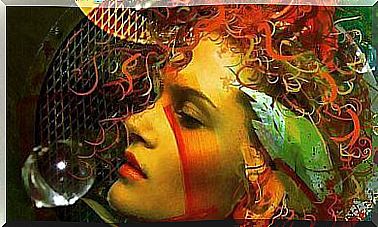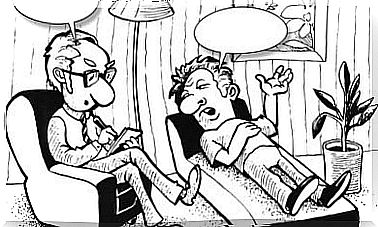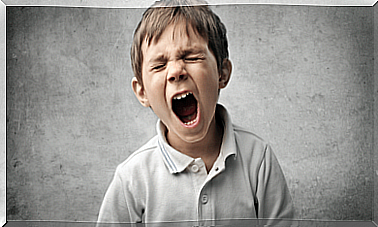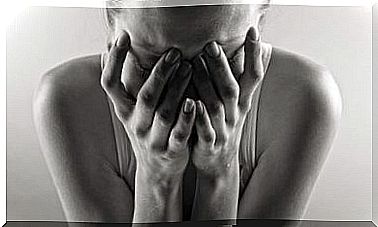The Theory Of Memes Or Memetics
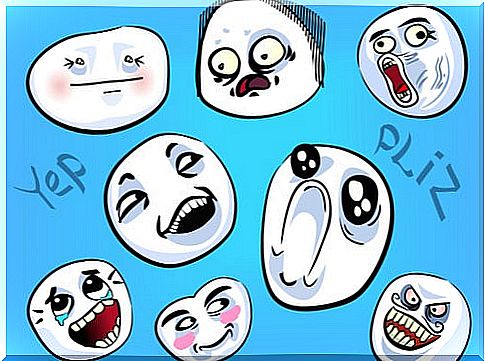
Social networks have become one of the main sources of entertainment and information. Thanks to them we communicate or connect with many people. Also through them we learn about the news that is happening in the world and all the current events. One of the resources used in this medium for expression are memes. Believe it or not, there are very serious theories around such ironic elements.
In this case, we will focus by explaining what memes are. In addition, to suggest how it has become a new way of giving or criticizing the events that are currently developing. Thus showing the impact they have on both communication and cultural development. Who hasn’t laughed at a meme?

Defining the theory of memes
The meme can be defined as a set of signs that are used as a means of expression in different spaces, especially on social networks. This communicative resource is developed from a process of appropriation and reinterpretation of a set of signs in circulation that are present in multiple environments of cyberspace.
The theory of memes arises from the work of Dawkins in 1976, where from evolutionary zoology, he raises the first antecedents of this conceptual field.
From this perspective, the author works around the mechanisms of cultural transmission, where a pattern – in this case a meme – is given a unity of meaning within its own context. This can be replicated transversally (in different geographically dispersed groups) and longitudinally (several generations in time).
This replica occurs when the meme is used by many people repeatedly. As a result, it is maintained over time and space. This makes it part of a certain culture and helps convey a specific type of information. Therefore, it gives prominence to that specific fact
Similarly, this replica implies the integration of communicative processes in which the meme acquires a socially constructed meaning, giving a specific meaning to communication. Thus becoming a focus of semantic memory, in order to refer to a special event or aspect.
Characteristics and capabilities of memes
Memes have three fundamental properties that make them propagators of information. That is, they must be numerous, interpretable and persistent over time. From the same image or fact, different memes arise with which multiple interpretations can be described, maintaining the fact itself today.
In the theory of memes, it is explained that the creation of these images occurs spontaneously in the face of any fact that may be relevant at that time.
Therefore, it has the ability to be a vehicle for social expression. As a consequence, it becomes a very powerful communication tool today. In addition, its reach is very fast thanks to the viralization that it can generate, which helps it to be legitimized quickly.
Likewise, they are related to a discourse that is developed through symbols, images and few words. The purpose is to spread feelings, ideas and emotions in a viralized way. They tend to be ironic and have a significant load of satire, in addition to maintaining a rebellious / denouncing message about the situation that is being exposed.
Taxonomy of memes
In the theory of memes there is a taxonomy that can help us predict the popularity that it can reach. This will depend on the characteristics that this taxonomy fulfills. There are 4 levels in it. They are as follows:
- Fidelity : how mutant or variable this meme can be. In this sense, we define two types. The first is replicator. In this case, the meme features reduced variance and high fidelity to the original image. The second type is the metamorphic, the memes located here are those that present a high variability from the reinterpretation they go through.
- Longevity : it has to do with how long a meme is circulating. For this category there are two types; First, there are the persistent ones : the image is replicated for a considerable time. Second, there are the volatile ones : it has a short propagation period on social media.
- Fertility : it is related to the speed with which the image of the meme expands. In this case, it can be epidemic, that is, it spreads very widely and rapidly. The other type is fertile, which memes with less spread that tend to stay in specialized groups.
- Scope : related to the territories this meme reaches. They can be global, that is to say widely dispersed, or local, where the dispersion is limited in the scope territory.
Depending on the characteristics that it fulfills, a meme can cross many borders. Of course, this only happens when it refers to an event known worldwide: as a rule, a meme is empty, dead in its useful life, when it passes through a node or person who does not know its base.
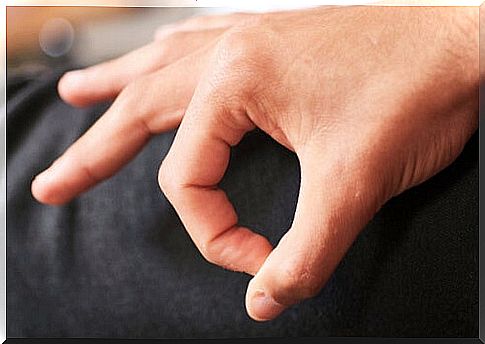
Categories in meme theory
Memes can be included within the category of macro-images, which illustrate a drawing or photo in the background, with some illustrative and striking characteristics. They want to express a current feeling or situation, often using comparison with the past. You can use very few words to get your message across.
The first type is self-promotion, this arise as a means to convey an idea or feeling of your own. The purpose of this meme is for it to become viral and popular, so that it can have an impact on its own popularity.
The second type of meme is the so-called inadvertent celebrity. Unlike self-promotion, the meme is originated by a third person. It usually has the characteristic of mocking or celebrating something or someone who did a ridiculous or humorous activity. Also, it can represent a stereotype or an emotion. As a consequence, they spread quickly and can easily go viral.
Urban myth memes are the third type. They are created from rumors, news that can be true or false or even extracted from urban legends. They are often used for personal fun and not for information. The fourth type is marketing, it is the least used and its purpose is to advertise for free in the hope that the content will go viral.
The fifth type of meme is image editing. It is one of the most common and is created through the editing of images that already exist or the generation of a new one from elements already created. The goal is to make fun of something in particular or create a reaction to events or existing memes.
Finally, there are those that refer to pop culture. They are those that refer to a national or international contingency event. It does this through modifications to the content of the images or simply by hinting at the fact through images that are already popular on the net.

